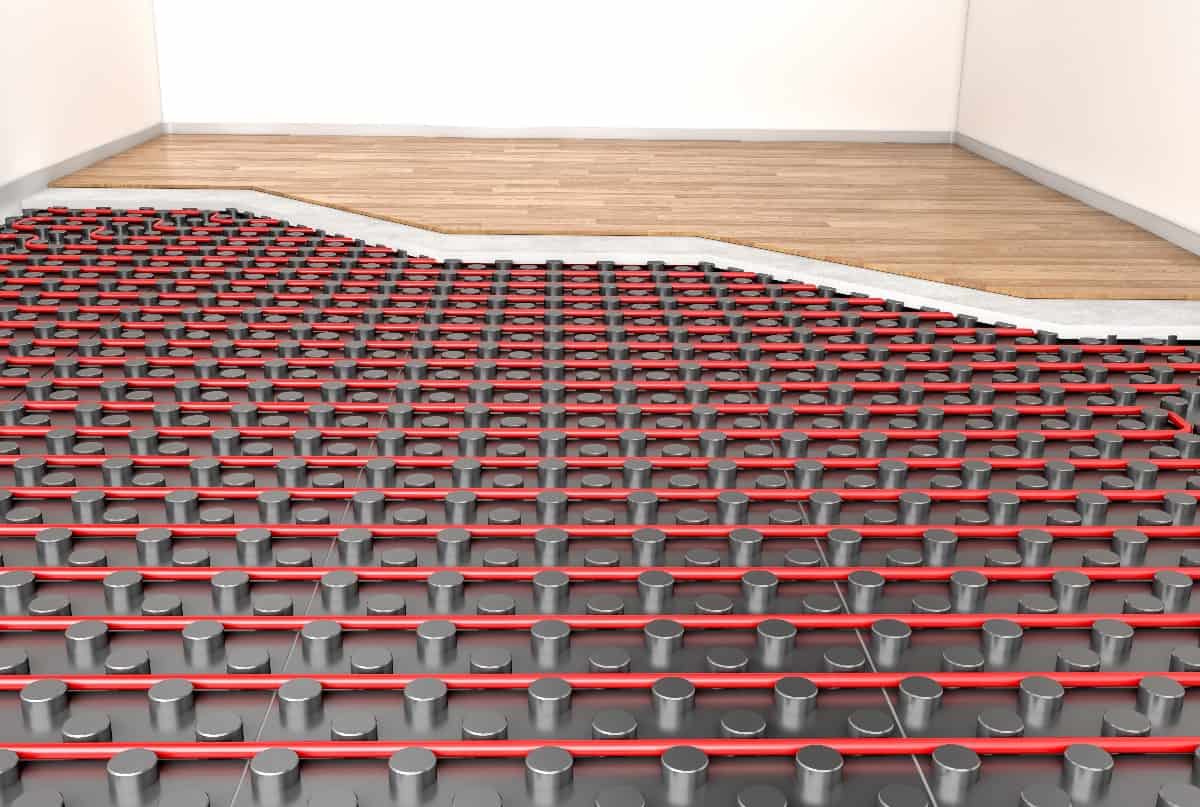
Underfloor heating is a very good option for detached houses, where we have a large area to be heated. This option turns out to be much more economical than radiators. Check where underfloor heating will be best.
There are many myths about underfloor heating. Some people fear that this type of heating can only be used in one-storey houses. This is not true. This method can also be used on the first floor or attic, but it should be planned before the construction of the floor. The installation is quite heavy, so much stronger ceilings are needed for this type of heating.
Many professionals also advise performing underfloor heating with ceramic tiles, which is why this type of solution is installed in bathrooms or hallways. Tiles have good thermal conductivity and are quite cheap. However, you should know that underfloor heating can also be installed in a living room or kitchen where you plan to make a wooden floor
This type of heating also works well with laminate or wood floors. If a wooden floor is to be placed in the living room, then you will need to inform your heating installation designer. With wooden floors, you need to distribute the heating elements evenly, without the so-called edge zones that are used with ceramic tiles. Such distribution of the installation ensures that the wooden material will not feel differences in temperature, which affects it badly. Otherwise, it may shrink and wear out faster.
It is also necessary to choose a wood with a low shrinkage coefficient, but in turn with a high thermal conductivity coefficient. So, over the floor heating, you can use ready layered planks of solid wood. The finishing of the boards is also very important – they should be covered with varnish and glue intended for underfloor heating. With solid wood, the parquet should be thin, which will significantly increase thermal conductivity.
>> See also: How much does it cost to renovate and finish a kitchen?
Many people can not decide on underfloor heating arranged throughout the house, so they choose a mixed arrangement. This consists of radiators in selected rooms and underfloor heating in bathrooms or kitchen.
Unfortunately, the mixed system is the most expensive solution in terms of investment, but also causes many problems when it comes to installation. In both single-storey and two-storey houses, the best solution is to stick to one plan and use underfloor heating in the whole house.
Also remember that with a mixed system, water must be supplied to the radiators at a much higher temperature compared to heating loops placed in a concrete floor screed. A separate heating device must be installed at the radiators to supply hot water.
Storey houses can also have underfloor heating installed. Remember that the ceiling must be reinforced. A system must be laid between floors, consisting of pipes that supply hot water to the heating loops. Heating pipes are sunk in the concrete screed, as is the case on the first floor. The screed in the case of underfloor heating is not much larger than in the case of “traditional” heating, where, in turn, pipes for hot water supply to radiators are placed in the floor.
The heating circuits on the first floor are designed for rooms located in the attic and are fed from one heat distributor. With a two-storey house, you need two room controllers – one located on the first floor and the other on the first floor. This will allow you to set the temperatures for each floor, regardless of the settings of the other controller.